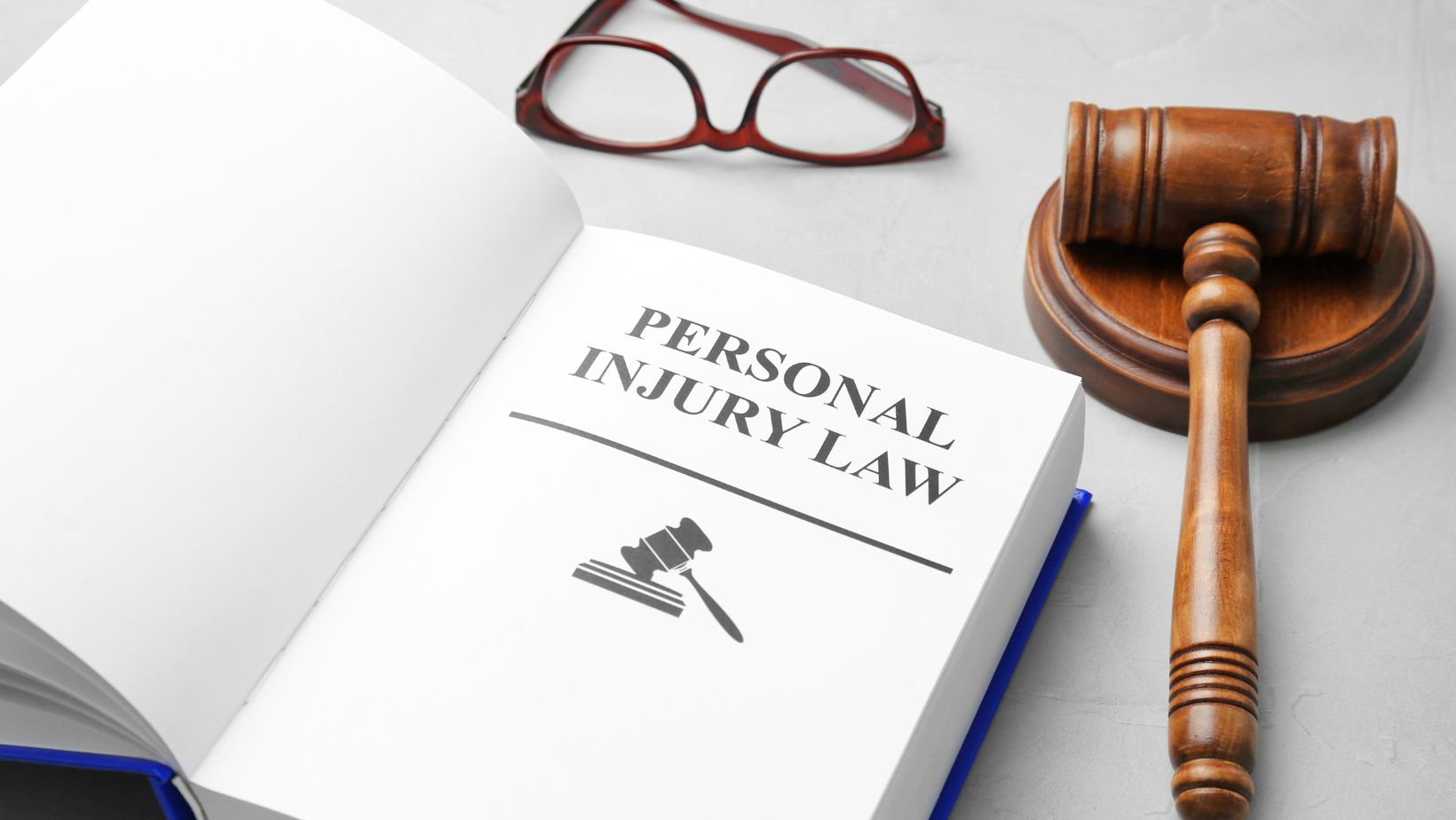
Image Source: Unsplash
Understanding personal injury law is essential, especially for teens navigating their way toward adulthood. Teaching them about the complexities of liability, negligence, and long-term consequences not only empowers them but also cultivates a sense of responsibility.
This guide offers steps to make these concepts relatable and engaging for young minds. By using real-life examples, simplifying legal jargon, incorporating visual aids, and bringing in guest speakers, you can transform a potentially dry subject into an interactive experience.
7 Steps to Teaching Teens About Personal Injury Law
Navigating the world of personal injury law can be complex for teens. By breaking it down into easy steps, you can help them understand their rights and responsibilities in various scenarios.
1. Start with Real-life Examples
Engaging teens begins with relatable stories. Share real-life examples of personal injury cases to illustrate how easily accidents can happen.

For instance, discuss a student who slipped on a floor at school and ended up needing medical attention. Explain how the school’s negligence in not putting up a warning sign made them liable for the student’s hospital bills and other costs.
Additionally, include high-profile cases covered in news or social media that have captured public interest. These events can bring urgency and relevance to what’s being learned.
For those looking for more depth, integrating examples from a comparative negligence legal guide can provide even richer context and understanding for your teen.
2. Define Basic Legal Terms
Understanding basic legal terms is the foundation of grasping personal injury law. Start with “liability,” which means being responsible for something, especially by law. If someone gets hurt because of your actions or inactions, you might be liable for their injuries and related costs.
Next, introduce “negligence.” This concept involves failing to take reasonable care to avoid causing harm to others. When explaining these terms, use simple examples: a driver running a red light and causing an accident illustrates negligence and liability.
By breaking down this legal jargon into easy-to-understand language, you empower teens to better navigate scenarios involving personal injury laws.
3. Explain Liability and Responsibility
Teaching teens about liability and responsibility is crucial for understanding personal injury law. Start by explaining that liability refers to being legally accountable for causing harm or damage. For example, if a teen leaves their skateboard on the sidewalk and someone trips over it, they might be held liable for any injuries caused.
Responsibility, on the other hand, involves taking ownership of one’s actions to prevent accidents in the first place. Encourage discussions around everyday situations where teens must act responsibly – like driving safely or properly securing sports equipment.
Understanding these concepts helps teens appreciate how their actions impact others and the potential legal consequences involved. This forms a responsible approach towards behavior in various scenarios.
4. Use Visual Aids and Interactive Tools
Visual aids and interactive tools can make learning about personal injury law engaging and effective. Diagrams, such as flowcharts that outline legal processes or illustrations of accident scenarios, help simplify complex ideas.
Interactive tools like online quizzes or smartphone apps can reinforce what teens have learned through immediate feedback. Virtual reality simulations offer immersive experiences, letting students walk through accident scenes to analyze potential hazards and identify moments of negligence.
Engaging multiple senses in the learning process ensures a deeper understanding. It also makes the subject more relatable and memorable. By using these tools, you cater to different learning styles, maximizing retention and interest.
5. Role-play Scenarios
Role-playing scenarios provide a hands-on way for teens to grasp personal injury law concepts. By acting out different situations, such as a mock car accident or a slip-and-fall incident, they can see firsthand how decisions and actions lead to legal consequences.
Create scripts that include various roles, like the injured party, the person responsible, witnesses, and even an attorney. This encourages empathy by allowing students to understand multiple perspectives in a legal context.
After each role-play session, hold a debriefing discussion. Ask questions about what could have been done differently to avoid the accident. Engaging teens in this active learning process deepens their understanding of liability and responsibility while making it fun and interactive.

6. Discuss Long-term Consequences
It’s crucial for teens to understand the long-term consequences of personal injury incidents. Start by highlighting how injuries can lead to extended periods of physical rehabilitation, impacting a person’s daily life and future opportunities. Explain how medical expenses can accumulate over time, sometimes resulting in financial strain for families.
Additionally, discuss emotional repercussions such as anxiety or trauma that might not appear immediately but affect victims long after the incident. Legal battles can also extend for years, consuming time and resources.
By outlining these lasting effects, you help teens appreciate the gravity of their actions and decisions. This awareness promotes more responsible behavior and a deeper understanding of personal injury law’s importance.
7. Invite Guest Speakers
Incorporating guest speakers can make the topic of personal injury law come alive for teens. Lawyers, judges, or individuals who have experienced personal injury cases can offer invaluable, firsthand insights. These professionals can share real-life stories and answer questions, making abstract concepts tangible.
Moreover, they can discuss the legal process from different angles – how cases are built, the challenges faced during trials, and the importance of evidence. This brings practical knowledge and also humanizes the legal system.
Inviting a diverse range of speakers ensures that teens hear multiple viewpoints and experiences. It enriches their understanding and keeps them engaged with real-world applications of what they’re learning.
Teaching Your Teams About Personal Injury Law is Essential
Empowering teens with knowledge about personal injury law is a crucial step toward fostering a responsible and well-informed generation. By taking these steps, you can help them understand the importance of their actions and the potential legal ramifications.
So, start integrating these methods into your teaching approach today. Your effort informs and inspires teens to make safer choices, benefiting themselves and those around them. Let’s work to create a community where everyone values safety, responsibility, and legal awareness.
Ben Austin is the founder and CEO of multi-award-winning digital marketing agency Absolute Digital Media. Ben loves to write and share exclusive insights into the world of digital marketing from his own eyes.




